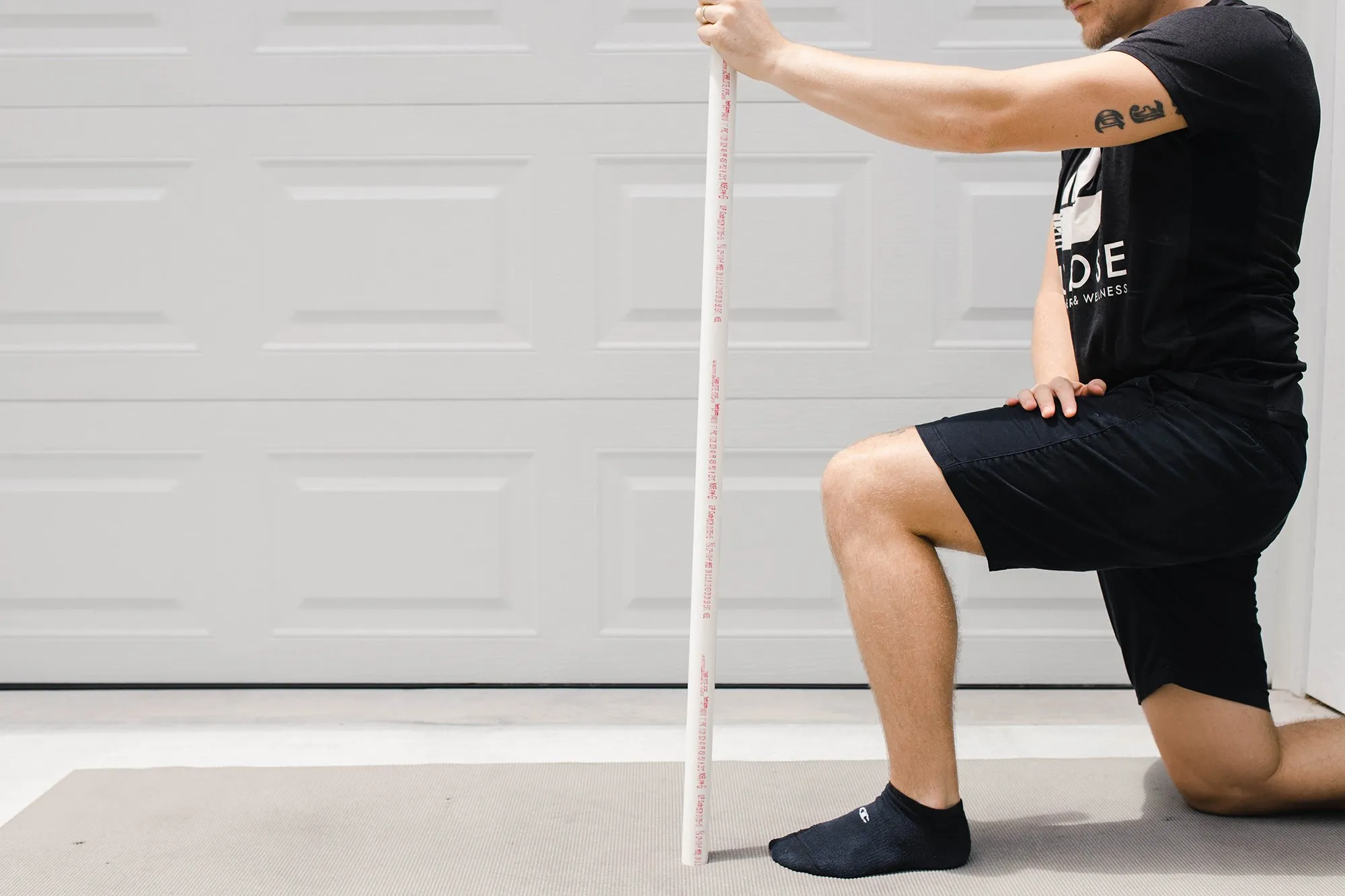Taking care of runner’s knee is crucial, but it doesn’t have to be complicated. Dealing with knee pain is usually about stripping things back in order to get to the root cause of the issue. Of course, the most important thing to do when it comes to any physical pain is to see a reliable professional (and we’ll get to that in a little bit). With that said, there are a few things you can do to alleviate discomfort and prevent serious injury now, rather than later. Let’s go ahead and take a closer look at some of the solutions you should consider for taking care of that runner’s knee.
Look Beyond Your Knees
Pain is a signal, and it’s important to listen to it. It’s there to alert you that something isn’t quite right. Knee pain is probably a sign that undue strain is being placed on your knees, but it doesn’t necessarily mean that your knees are the only underlying cause of the pain. Sometimes, knee pain when running comes up due to issues with your form: if other parts of your legs, like your hips and calves, aren’t absorbing the impact of running correctly, it can place disproportionate pressure on your knees and cause pain. What causes this incorrect running form? It could be a series of things, and only a physician or physical therapist can help to accurately pinpoint what that is. The most important thing to take away from this is that knee pain could be a sign that there’s something off with your form, which could be due to underdeveloped muscles in other parts of your legs.
Don’t Neglect Your Stretches
We’ll put it bluntly: if you’re not stretching when you run, you’re not running correctly. Always make it a priority to stretch your legs after your warmups or runs. This will be instrumental in making sure that your muscles remain flexible and strong, reducing the risk of injury in the long term. If you have specific areas of your legs that are stiff or painful, consult a physical therapist about which stretches are best for you and when is the best time to do them in your workout regimen.
Ice is Your Best Friend
Ice works wonders, especially for soreness and pain. Though it’s not a cure-all, ice can be a great solution if you experience discomfort in your knees after a run. As an anti-inflammatory, ice will help prevent inflammation and excessive swelling, which will allow you to get back to your daily routine with less discomfort. Ice your knees for about ten minutes after your runs if you experience pain or discomfort; it should help to alleviate both. With that said, ice is not a long-term solution to knee pain, and it’s important to work with a professional to address its root causes as soon as you can.
Physical Therapy is a Must
We’ve mentioned it enough throughout this blog post that our next point should come as a no-brainer: physical therapy is a must when it comes to addressing and treating the underlying causes of pain. Taking care of runner’s knee is about getting to its root causes, whether that’s a previous injury, muscular weakness in other parts of your leg, or some sort of injury in your knee itself. A physical therapist will evaluate your form, flexibility, and mobility in order to determine what the best course of action is to not only alleviate pain, but to address the factors that are actually causing the pain to happen in the first place.
Runner’s knee isn’t just uncomfortable or inconvenient; it can lead to more serious injuries in the long run. We strongly recommend that you waste no time in talking to a trusted physical therapist about how you can address it.
Interested in taking care of runner’s knee and reaching new milestones in your running journey? We’re here to help you make that happen. Don’t hesitate to reach out to us to learn more about how to reduce knee pain and treat the root causes of runner’s knee. Click here to schedule your first consultation.


